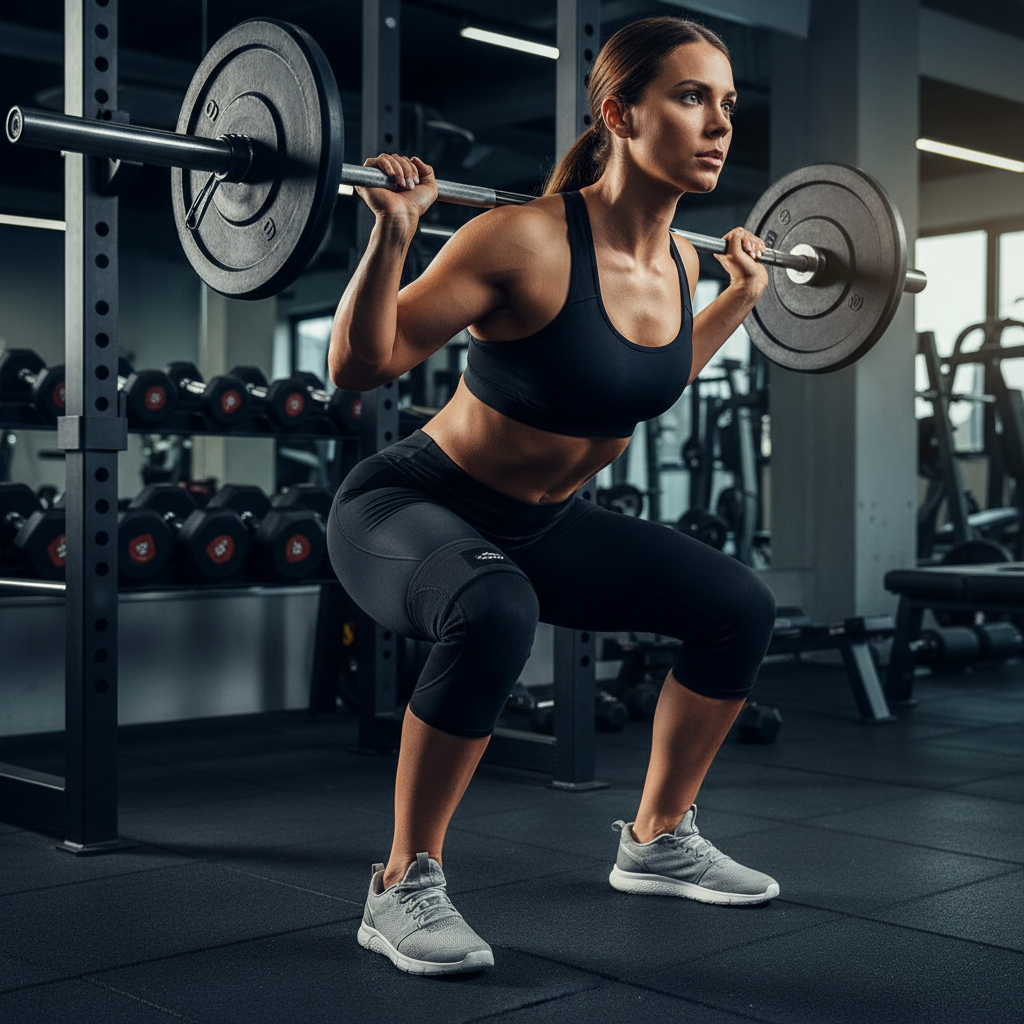Your guide to understanding it – And staying fit for life!
When my knee started swelling, hurting randomly, and just feeling off, I eventually learned it was caused by something called Pigmented Villonodular Synovitis (PVNS). It’s not common, but it can seriously slow down anyone who lives an active lifestyle. Understanding what PVNS is and how it affects the knee has helped me adjust my workouts, manage daily activities, and stay focused on recovery

What Is PVNS and Why Does It Affect the Knee?
PVNS is a joint problem with a long name, but basically, it happens when the lining of your joint (the synovium) gets thick and sometimes forms benign “lumps” or nodules. This triggers swelling, pain, and even extra fluid in the knee. Doctors aren’t sure exactly why it starts, but it’s thought to be random rather than caused by injury. Sometimes the immune system is involved, but for most people, it just pops up without warning. (This is what happened to me)
The knee is the most common spot for PVNS, which is a problem because we rely on knees for everything: walking, lifting, playing sports, and even just sitting down or standing up. The thickened tissue can damage cartilage in the joint if it sticks around too long, leading to more stiffness or pain during movement. Spotting PVNS early makes a big difference for staying active or getting back to fitness routines without much disruption. For a deeper look into PVNS stats and early research, Orthopedic Reviews has an accessible overview.
Recognising PVNS: Common Signs and Symptoms in the Active Crowd
PVNS can be tricky to pick up at first because it can look a lot like a minor sports injury. I noticed symptoms that seemed harmless, like knee swelling that wouldn’t quit, soreness after light activity, and awkward stiffness making the joint feel “full” or less flexible.
- Swelling: Persistent swelling that doesn’t calm down with ice or rest stands out.
- Pain: Achy knees, sometimes sharp with movement, are common, and the pain can also be dull, just never totally fading.
- Reduced range of motion: Not being able to fully straighten or bend your knee, even after a warm-up, is super typical.
- Clicks or pops: Mechanical symptoms like these can happen if the tissue is in the way inside the joint.
Symptoms generally get worse after activity and feel a bit better with rest, so anyone who lifts, runs, cycles, or plays sports should keep an eye on these warning signs. PVNS is rare, and it doesn’t mean every sore knee is something major, but if symptoms stick around, seeing a doctor is smart.
PVNS and Staying Fit: Exercise, Recovery, and What to Watch Out For
If you’re active—lifting, running, cycling, team sports, or just gym sessions—PVNS throws a wrench in workout plans. I had to take a break and rework my routine to focus on exercises that didn’t trigger symptoms. Most doctors say to skip high-impact stuff until you’re pain free, swelling’s down, and motion is back.
- Strength Training: Focus on low-weight, high-rep work for your legs using machines like leg presses or a stationary bike. This way, you don’t stress the knee as much. Core and upperbody workouts are usually safe.
- Mobility and Flexibility: Gentle stretching, yoga, and knee-friendly moves help keep things loose during recovery. Save deep squats for later, and check with a doctor or therapist before trying them.
- Aerobic Activity: Swimming and using an elliptical can protect your cardio while going easy on the knee. Walking is okay unless it makes symptoms flare up.
- Return to Sport: Go slow. Start with short sessions and increase time or effort only once the doctor or therapist gives the okay. Listen to the pain and swelling—they help steer you.
Modified fitness plans help you stay sane, keep muscle, and prevent further injuries. Following doctor advice, and working with a physical therapist if possible, can be a game changer.
Things Worth Considering Before Returning to Full Activity
PVNS isn’t cancer, but it can come back, especially if it was the diffuse type. Even after surgery, some notice swelling or mild discomfort with tough workouts. Regular follow-up appointments make it possible to check for regrowth and ensure your knee stays healthy.
- Know the Signs: Watch for new swelling, pain, or stiffness and tell your doctor if anything odd shows up early.
- Quality of Life: Don’t put workouts above everything. Day-to-day activities like climbing stairs, getting up from the couch, or playing with your kids matter a lot. Steady, patient improvements make a big difference long term.
- Mental Game: Stepping back from hard training is rough. Connecting with others who’ve faced PVNS or having open talks with your doc can help the recovery process feel less lonely.
- Support Gear: Sometimes a knee sleeve or brace offers extra support as you ramp up, though it isn’t always necessary.
Frequently Asked Questions
Question: Is PVNS in the knee dangerous for fitness goals?
Answer: PVNS isn’t dangerous on its own, but ignored, it might damage knee cartilage, which can limit movement down the road. Early treatment and an adapted fitness routine make a full, if sometimes slow, comeback possible.
Question: Can I keep working out with PVNS symptoms?
Answer: Light, low-impact activity is often safe, but if workouts leave your knee swollen or painful, it’s best to swap them out for gentler moves. Always check with your doctor before pushing through pain.
Question: How long does it take to recover after PVNS surgery?
Answer: Light activity is usually fine within a few weeks, but getting back to regular fitness routines or sports could take two to three months, sometimes more. Stick with your rehab plan and listen to your knee for the best results.

